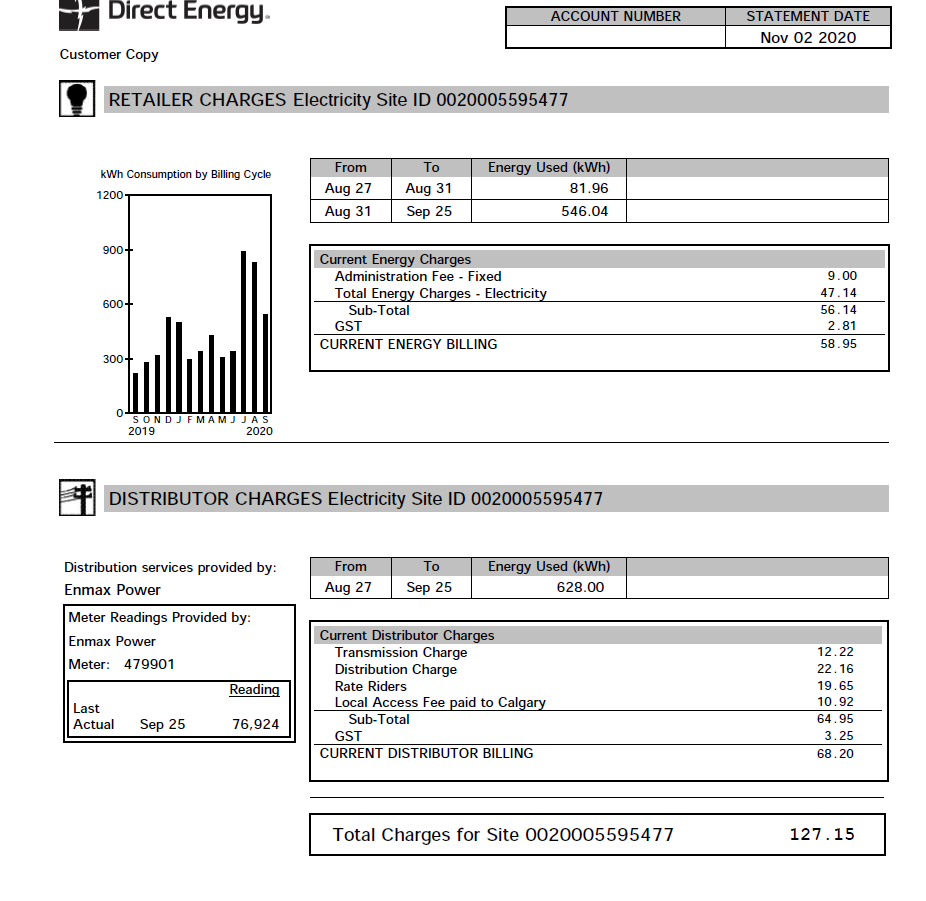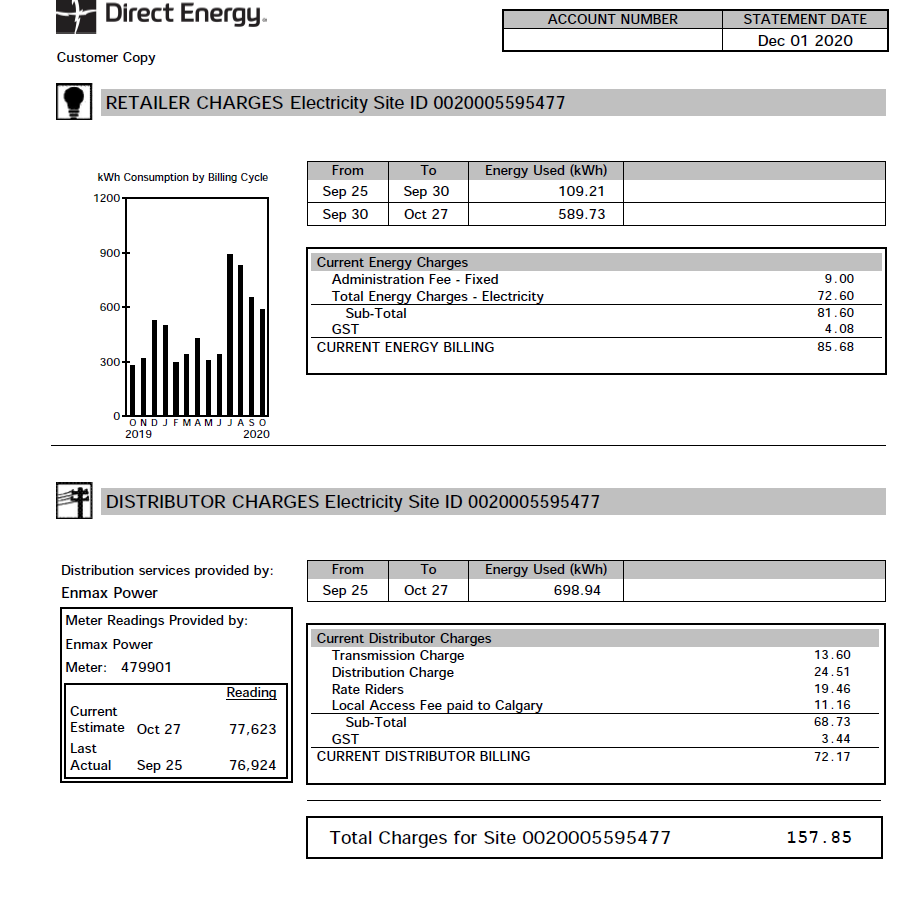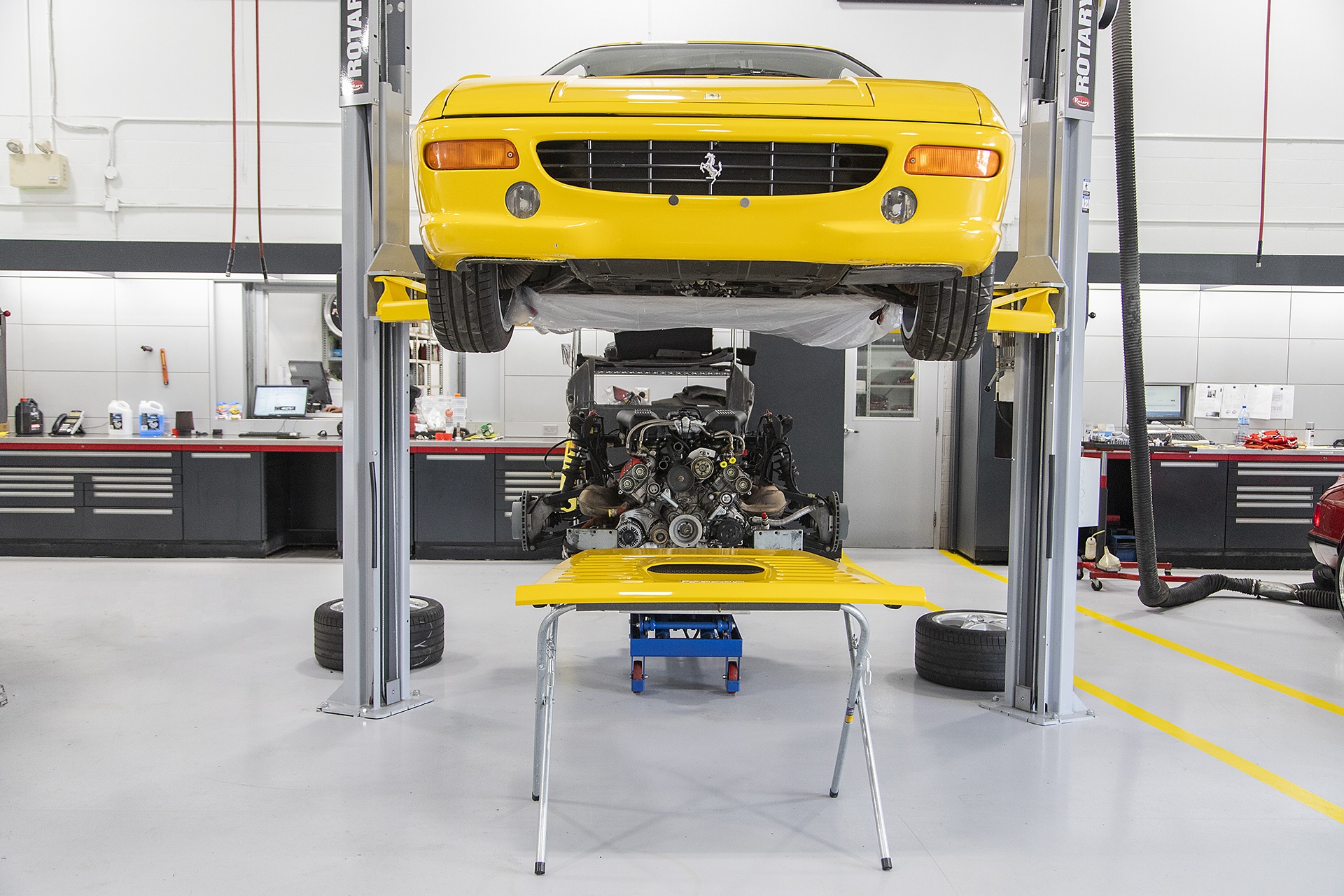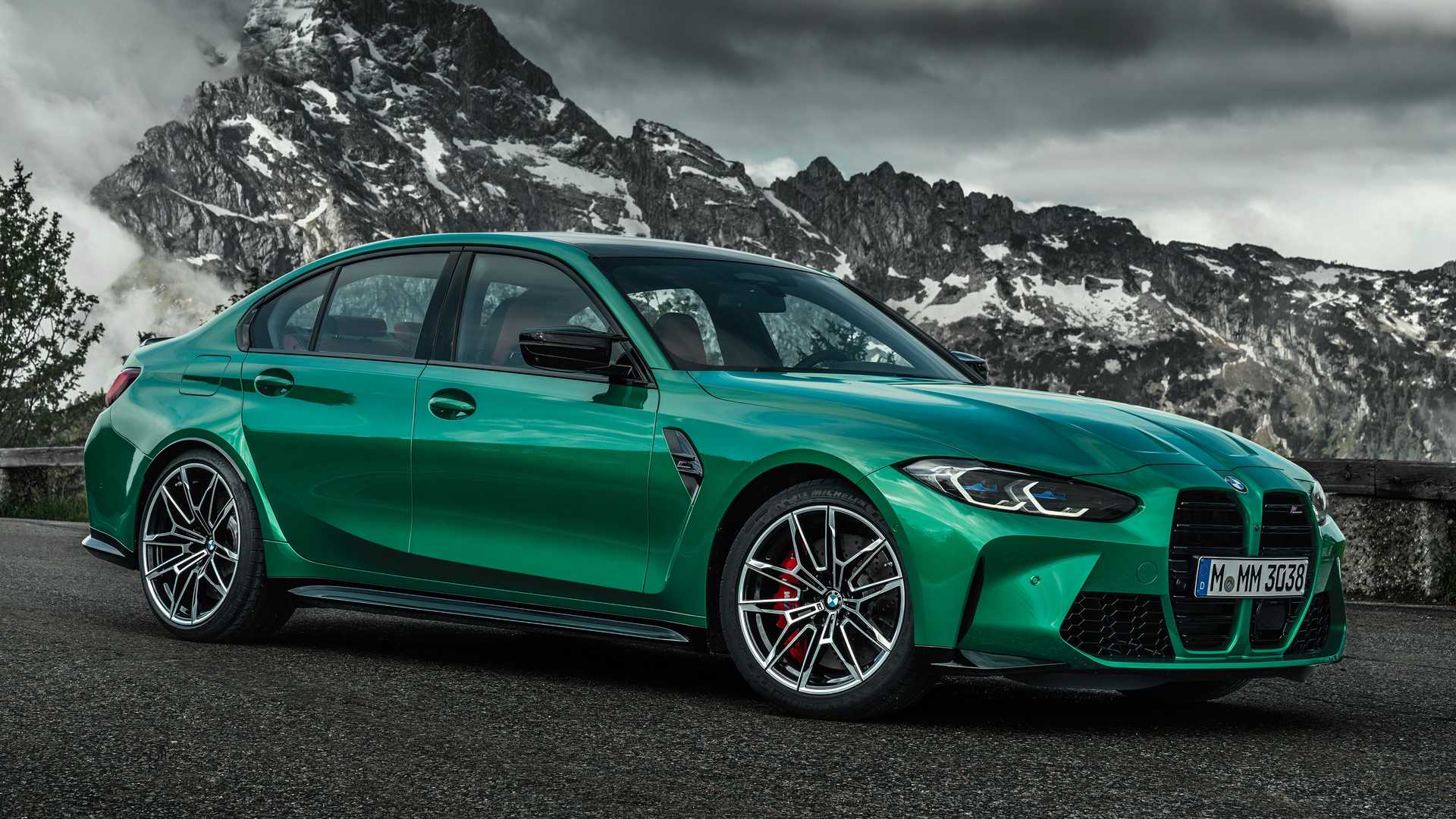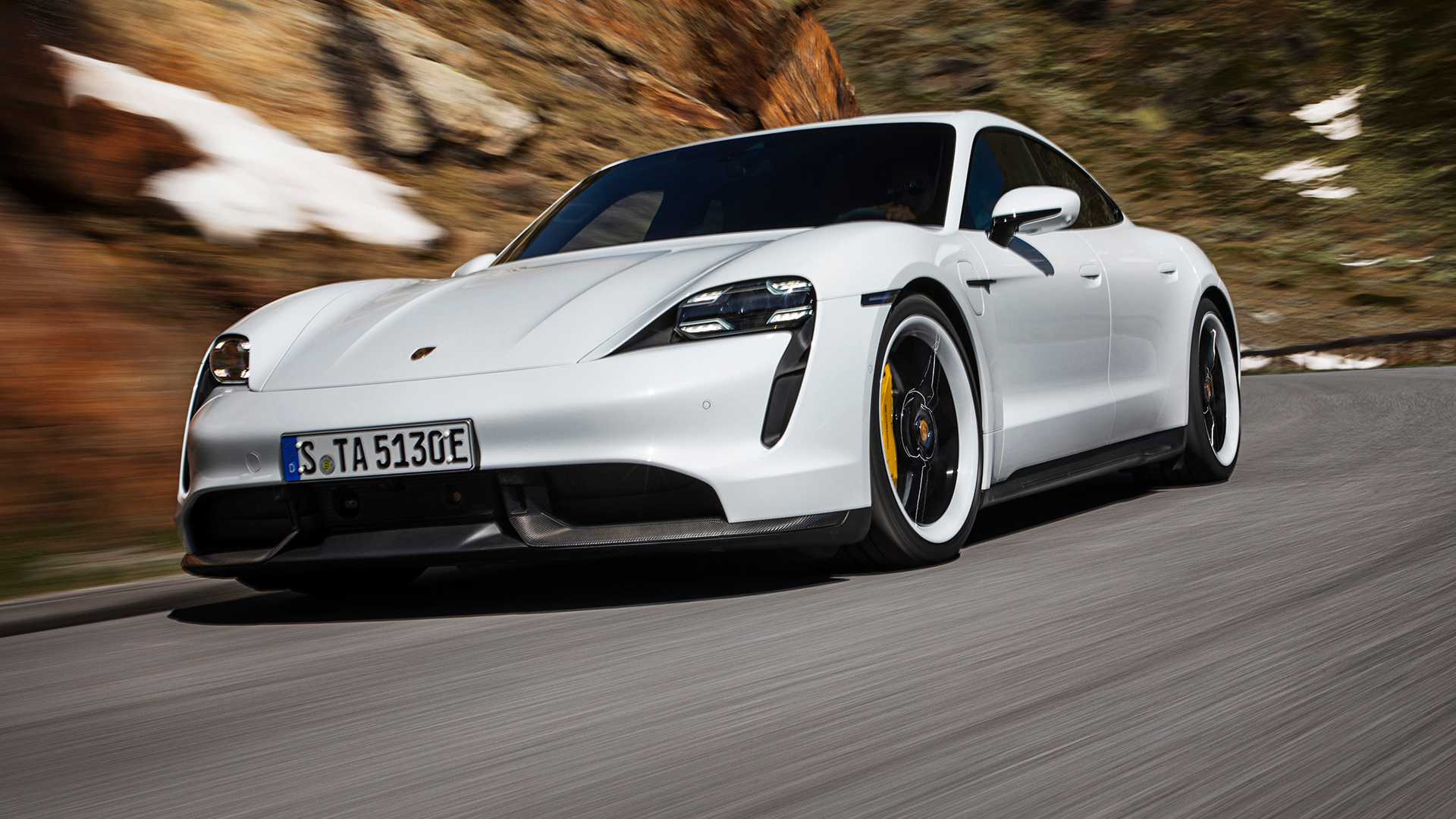Introduction
Hello again! For those of you who have been following “T’s Corner” closely, you would have become quite familiar with my adventures in a 2020 Porsche Taycan 4S. It has now been about 6 months since I first took possession of the vehicle. Along the way I have shared some of my experiences with the car; mainly, what it’s like to drive one on a daily basis, and even how it performed at the race track.
Since I picked up the car in June, this meant I could go pretty gung-ho in first 3-4 months in terms of pushing the performance limits of the car and just enjoying it. In the first month of ownership, I had driven the car almost 3,000 km and had the opportunity to take the car to a local circuit before winter rolled in. Such was the fun that I was having, that taking a deeper dive into challenges with charging, the colder weather that was on its way (which significantly affects range), and the real cost of ownership, were put on the back burner – the latter two of which, just simply required more time to pass.
Since October, my experience with the Taycan has been a more hunkered-down one – the general global social climate as well as the winter season touching down where I live, serving as the one-two punch that has delivered these circumstances. Some would say that this is in essence, a more normalized and civil experience of the car, which likely more owners (current or prospective) can relate to – i.e. race track experiences and driving 3,000 km in a month, is probably something that a very small percentage of owners will really be interested in knowing about.
So in this post, instead of speaking in terms of lateral Gs, I’ll be focusing more on things like kWh/100 km (efficiency), general ownership costs, and what it’s like living with a Taycan during a cold (Canadian) winter season.
Cost of Ownership
Maintenance
First off, I should mention that the car has been into the dealership twice for service. Mainly for software updates, one recall for a water hose, and a PCM-related issue (which resolved itself). I don’t want to get into too much detail with the latter – which was a minor inconvenience rather than a material issue – but I will say that my local Porsche dealership (Porsche Centre Calgary), has been phenomenal to work with. I suppose it’s also important to mention that there has been no cost for any of my visits so far.
Electricity Costs
So with 6 months now passed – and with maintenance costs aside (of which there have been none) – the true cost of ownership falls entirely on what I’ve paid to keep the car juiced up. In terms of my charging habits, nothing much has changed since I’ve owned the car. I do 99% of my charging from home, and the other 1% at commercial charging stations. The latter method of charging could actually become much more important into the future, for reasons I will mention below.
First, here are the last 3 months of my electricity usage and costs, per my utility bills starting in November 2020.
The November and December bills give a pretty good indication of what my total electricity costs were (keep in mind, this is for my entire household, not just for charging the car, so there are other variables at play here). It looks like the January bill accounted for some corrections from the previous months, but did not appear to affect my average costs too much. To offer some perspective (which I covered in one of my very first “charging experience” posts), my total household electricity costs seemed to average at about $60 per month before I ever had an EV to worry about.
Keeping things simple – and based on the data from these bills – I think it’s safe to say that keeping the Taycan charged at home is costing me on average, about $100 per month more than when I wasn’t charging it. Given that I was driving about an average of 1,200 km – 1,500 km per month during those months (which had some very brisk days, leading to higher charging demands), the cost of keeping a Taycan running remains both very low and a highly attractive feature of the car.
Rate Riding
A rate rider “is a temporary credit or charge that is added to your monthly bill on behalf of the electricity or gas distributor. A rate rider collects or refunds the difference between actual and estimated costs for delivering energy”. I bring this up because I had a very informative conversation with a prospective Taycan owner and highly respected car enthusiast, and the topic of rate riding came up.
Now, this has not applied to me yet, but in simple terms it has meant that some Taycan owners in my city have incurred electricity bills with increases of around $1,000 or more. As mentioned before, there are obviously lots of variables at play here, but it looks as though these rate riding costs are tacked on when the utility company detects an abnormal level of energy consumption and charges users in anticipation of a much higher adjustment.
As I indicated before, these bills encompass distribution for entire households and not just the outlet for the car, so it’s never going to be easy to pinpoint why someone is paying so much more for electricity when the same car is being charged in their garage, ceterus paribus.
There are a couple of things I will say for certain though. The first, is to become familiar with how utilities work in your local area – as has been evidenced, this can not only greatly differ within your own city, but is likely to vary significantly in different provinces, states, countries, etc. Perhaps contacting your energy provider ahead of time to let them know you will be charging an EV at home going forward, will change the scenario.
The second is to charge your car strategically. What I mean by this, as alluded to before, is by using commercial charging stations more often as part of your charging routine, if required. The local 800V charger – not too far from my house – can deliver a ~60% charge in about 20 mins, costing around $7.00. Use commercial chargers if you need to fill up a lot of juice at once (i.e. you’re sitting at about a 20% charge). Reserve the home charger for “top-up” use only, plugging it in only when you’re at about a 70% charge or higher. Assuming that this all works the way I think it does, you’ll be able to leave home everyday with a full charge and not worry about the huge dump of electricity required to go from 0% – 100% , which could trigger the rate riding.
With my driving habits the way they are and with my utility bills having stayed consistent, it is unlikely that I will have to explore this avenue. But it’s good to know the option is there if I ever need to exercise it, plus others should be aware of this potentially significant matter. After all, paying $1,000 per month to keep your EV charged will certainly defeat the purpose of owning one, amongst other things.
Winter Driving
I’ve had a good 3 months to really test the car in winter conditions, and I must say that the performance has been as good as expected if not better. Paired with a set of Continental WinterContact TS 860 S tires, grip has never been an issue for the Taycan 4S. The air-suspension is particularly useful when the snow is a bit deeper, as being able to raise the car in situations that call for it, has been extremely convenient to say the least.
The only issue during winter – which is an EV-wide one, and not just specific to the Taycan – is that of range.
Here are my findings, having been able to drive the Taycan in a variety of weather conditions and temperatures.
Disclaimer: Keep in mind these are all what I achieved while in Range mode, with a combination of city and highway driving speeds – i.e. realistic driving scenarios, not intentional hyper-miling exercises.
Ideal/Warm Weather:
17-20 kWh/100 km = ~500 km of range
Cooler Weather (between -10°C and +5°C):
22-25 kWh/100 km = ~400 km of range
Extreme Cold Weather (between -30°C and -15°C):
28-32 kWh/100 km = ~300 km of range
As you can see here, range drop-off can be significant if it gets cold enough. Expect as much as a 40% drop in range in extreme cold weather conditions. From what I can tell, there has been no detriment to performance when driving in such conditions, but you will definitely need to be prepared for significantly heavier charging demands.
Does this make the Taycan less enjoyable in winter? Maybe, a little. If your range anxieties are getting the best of you, reserve driving your Taycan during the winter only for when it is a bit warmer out (i.e. cooler weather as opposed to extreme cold weather). If you want to use your Taycan for a longer excursion to the ski hills, I say go for it! – just plan your route, and charge-up accordingly.
6-Month Review
I’m really happy with the car.
Not having to pay for gas has been a real boon. My other cars – particularly my V8 SUV, which I use from time to time during winter – are certainly not sippers of the petrol stuff, so having an EV makes this feeling all the more distinguishable.
For all intents and purposes, it costs me $100 a month to keep the Taycan juiced-up – a more than reasonable cost to incur for the amount that I drive it, and the superb performance it has on tap at all times. At this juncture, it hasn’t cost me anything to own in terms of maintenance or repairs; although, being well within the warranty period is certainly helpful here.
I do also have to add that Porsche seems to be keeping tabs on issues that have arisen for Taycan early adopters. They get resolved quickly, or at the very least, Porsche is aware of the issues that get brought up, and are often already working on a fix when they do. That’s reassuring from the company, and is another factor of what has made owning a Taycan so enjoyable.
Issues that I have experienced personally are all what I would consider “first world problems.” – Apple Car Play intermittently not working, the LTE connection dropping, Range mode being finicky at times. Note: the latter two issues seem to have been permanently fixed. More compelling issues have been brought up by other owners on forums and Facebook groups, but I won’t delve into those; this is a blog about my own personal experiences, plus those problems seem to be very few, far between and often resolved immediately by Porsche. Some are even caused by user error.
The Porsche Taycan 4S remains a phenomenal car to drive, even in winter climates. During a big snow dump a few weeks back, lots of people were getting stuck in the snow. The Taycan just went about its business like the omnipotent force it is – it isn’t just a “California specialist”. I am looking forward to the summer, though!
-T

